The Rubin Observatory: A New Engine for Discovery
Recently, our neighbors at Las Cumbres Observatory (LCO) joined us at the Santa Barbara Museum of Natural History for an exciting evening dedicated to one of the most ambitious scientific projects of our time: the Vera C. Rubin Observatory. The event, hosted by LCO scientist Rachel Street, promised to take us “beyond the pretty pictures” and it delivered.
You can watch the entire panel, filmed in Fleischmann Auditorium at the Museum, right here:
What is the Rubin Observatory?
Perched high in the dry Chilean Andes, Rubin is equipped with a 27.5-foot-wide mirror (about the size of two cars end-to-end) and the largest digital camera ever built: a mosaic of 189 detectors, akin to a 3,200-megapixel camera. Its design lets it scan vast swaths of sky quickly, with a 9.6 square degrees field of view that can capture an area seven times the width of the full Moon in a single image.
Beginning this fall, Rubin will launch the Legacy Survey of Space and Time (LSST), systematically photographing the entire Southern Sky every few nights for ten years. Scientists call it a color movie of the universe. Every night Rubin will generate 20 terabytes of data, creating an astronomical treasure trove unlike anything before. One thing that sets Rubin apart from other observatories is that it doesn’t investigate the phenomena it identifies, instead it uses a complex alert system to communicate with other observatories around the world which then follow up on the hot cosmic leads.
LCO’s global network of robotic optical telescopes are perfectly poised to conduct this follow up. “When something in the sky changes, we have a telescope that’s in the dark and can watch it change,” explained LCO Director Lisa Storrie-Lombardi. There’s always at least one telescope in their network at any given time, just waiting to be set to task to investigate the data identified by Rubin and communicated globally via its alert system. Later in the presentation, speaker Joseph Farah reiterated this standout feature of LCO’s network, “Our motto is: we keep you in the dark. The Sun always sets on the LCO empire.”
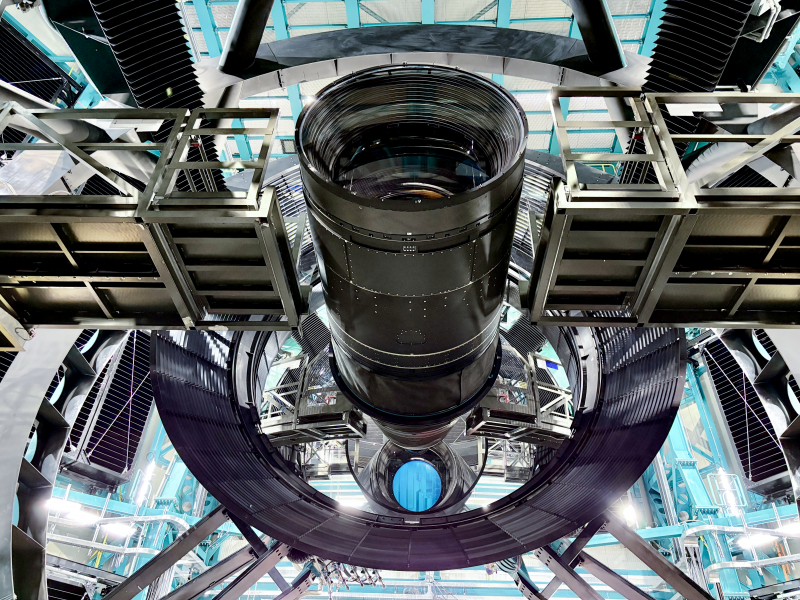
The LSST Camera is installed in the Simonyi Survey telescope. From this angle you can see the camera and the Secondary and Tertiary Mirrors. Photo by RubinObs/NSF/DOE/NOIRLab/SLAC/AURA/T. Lange
Science at All Scales
The evening’s programming featured three early-career LCO scientists who revealed what this firehose of data means for their fields:
Postdoctoral Fellow Katarzyna Kruszynska, Ph.D., studies stellar remnants like black holes, neutron stars, and white dwarfs. Most are invisible on their own, but Rubin’s rapid, repeated imaging will allow astronomers to catch subtle gravitational microlensing events that give away their presence. Rubin will allow us to look at 17 billion stars, which is 10 times more than any previous survey. Rubin will also revolutionize our understanding of star formation, watching young stars flicker and flare as they grow. Our knowledge of black holes will expand considerably.
“There may be millions of black holes in our galaxy, but isolated ones are almost impossible to spot. Rubin will change that.” said Dr. Kruszynska.
Ph.D. student Joseph Farah investigates “extragalactic science,”and is specifically interested in cosmic explosions beyond the Milky Way. Rubin is expected to discover 10 million supernovae, compared to the roughly 10,000 known today. With Rubin’s precision, rare types of supernovae, and even kilonovae from colliding neutron stars, can be caught in the act.
“Trying to find a kilonova without Rubin is like trying to find a needle in a haystack made of needles,” Farah described. Now with an incredible amount of new data points about to be seen, our understanding of the science behind these phenomena is going to take our previously held rough guesses and tune them closer and closer to truths of the universe.
Postdoctoral Fellow Carrie Holt, Ph.D., focuses on small bodies in our solar system: asteroids, comets, and other leftovers of planet formation. Rubin’s ability to detect faint, fast-moving objects means millions of new discoveries, including near-Earth asteroids. Some rotate astonishingly fast; one smaller than Stearns Wharf spins every four minutes. Rubin will also be our best tool for spotting interstellar visitors passing through our solar system.
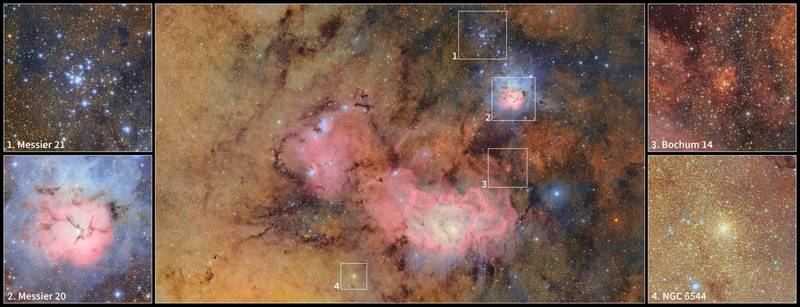
This image offers a closer look at the region surrounding the Lagoon Nebula. The Lagoon Nebula is the central pink, kidney bean-shaped area that spans much of the image. Image by NSF–DOE Vera C. Rubin Observatory
A Data-Driven Future
With so much data pouring in, Rubin requires cutting-edge processing pipelines and machine learning “brokers” such as ANTARES, ALeRCE, and Lasair to filter discoveries and alert scientists. “The only way to make this cooler would be to get robots involved,” joked Farah, alluding to LCO’s epic capabilities. LCO will play a crucial role in follow-up, using its global robotic telescope network to fill in the gaps between Rubin’s surveys, ensuring that rare events don’t slip away unnoticed.
The discussion ended with an engaging Q&A, touching on everything from Rubin’s acres of solar panels, to the shifting role of astronomers in a data-rich era, to the observatory’s namesake, groundbreaking astronomer Vera C. Rubin. Here at the Museum we look forward to continuing to participate in the conversation as Rubin dramatically expands our window into the cosmos and LCO interprets the exciting new data pouring in.
Top photo of the night sky over Rubin Observatory by RubinObs/NOIRLab/SLAC/DOE/NSF/AURA/B. Quint

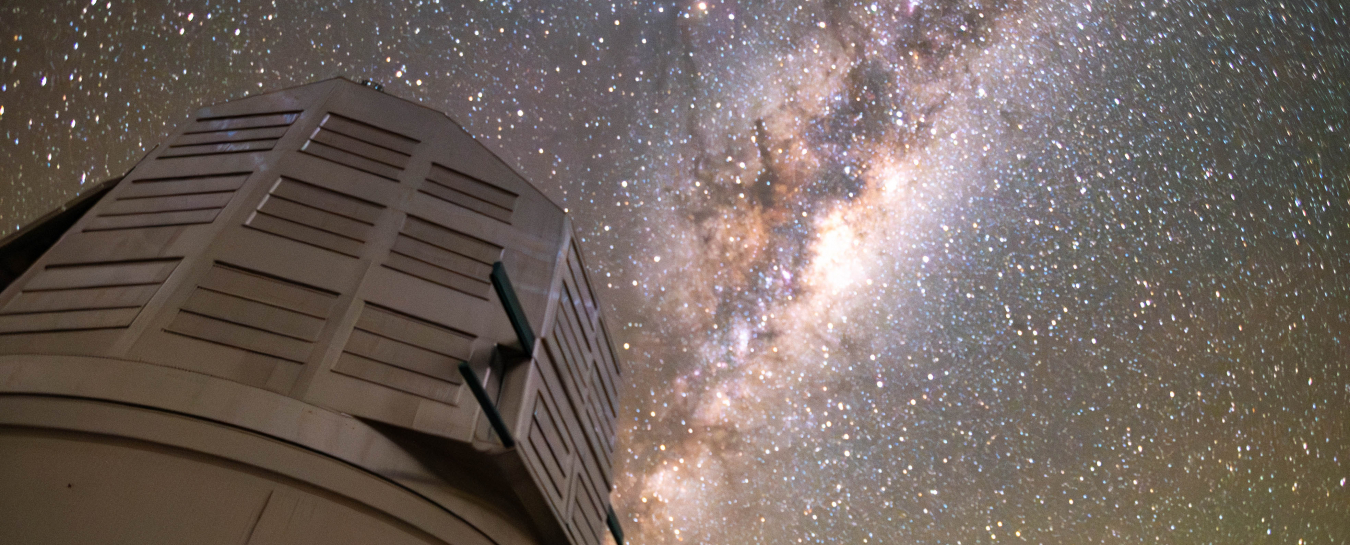
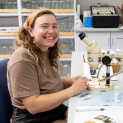
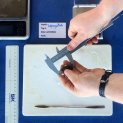
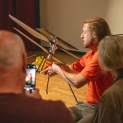


0 Comments
Post a Comment